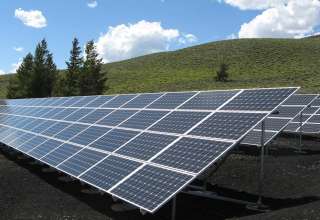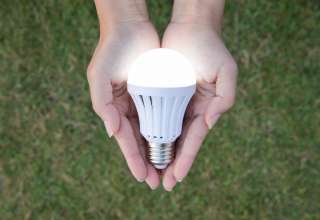A report by the International Energy Agency found that last year the global energy demand increased at a higher rate than it had in a decade.
Considering the rate at which the demand for energy is rising, it makes sense that there is a rising demand for solar technology. And in particular, an uptick in the number of people looking to power their homes with solar power.
There’s just one problem: we tend to use the largest amount of energy in our homes during the morning and evening, times when sunlight is either minimal or nonexistent.
So making solar power viable relies on finding the most efficient solar energy storage methods. But what options are there, and which is right for your home?
Common Solar Energy Storage Methods
The problem of storing solar energy is as old as the process of harnessing it in the first place. Fortunately, that means that decades of work have been put into solving it.
The most widely available methods are:
Storage on the Grid
The most basic form of solar energy storage doesn’t involve directly storing it in your home.
If you have solar panels on your property, but are still connected to the power grid, then the power you generate but don’t use will be put out onto the grid. Then later, when you need power but there is no sunlight, you draw energy back from the grid.
In this way, the local power grid acts as a giant battery. As you’re unlikely to use as much power as you generate, you’ll be credited the difference on your electricity bill, so you ultimately come out ahead.
This method is sufficient if you’re just installing FC Solar Panel Repairs with the intention of recouping your investment in energy savings down the line. However, it has a significant drawback in that you need to be attached to the grid.
This can be a problem because if the grid goes down, so does your access to your stored power. If your grid is unreliable or if your area is prone to extreme weather or other natural disasters, this probably isn’t the option for you.
At-Home Battery Storage
Battery technology has advanced to the point where we can now store excess solar energy on-site. This allows you to make minimal use of the grid, and you’ll still have access to the stored energy in the event of a power outage. Bear in mind that you’ll need the whole balance of system to make this work.
There are several types of batteries that can be used for solar storage, but probably the most reliable choice is lithium-ion batteries.
Compared to other storage methods, like old-fashioned lead-acid batteries, lithium cells are low maintenance, boast high energy density, a low self-discharge rate, and longer lifespans.
They’re considered the standard for how to store solar energy. They have recently matched lead-acid batteries in popularity and will likely eclipse them in the near future, making them the technology to invest in.
Saving Sunshine for a Rainy Day
Solar power will inevitably come to dominate the energy market.
As fossil fuel prices rise in proportion to dwindling supplies, solar technology becomes cheaper, more efficient, and more widely available. Improvements in solar energy storage methods are helping solar take over the world.
We will very likely live to see a day when nearly all of the power we use is being harnessed from the sun. By choosing to help power your home with solar, you can help to make that revolution happen.
If you enjoyed this post, be sure to share it on social media to get everybody thinking about solar!













